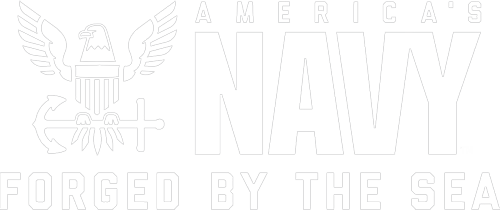Project Recap
Leading-Edge Data-Compression Solution Revolutionizes Naval Operations
Aggressive engineering solution achieves unprecedented data-compression thresholds, significantly reducing submarine surface transmission time.
Unlike surface ships, submarines are subject to significant communications limitations due to the fact that they spend the majority of their active-duty time underwater.
The Client
Naval Sea Systems Command (NAVSEA) designs, builds, delivers, and maintains ships and combat systems for the U.S. Navy. With a force of 74,000 civilian and military personnel and a fiscal-year budget of nearly $30 million, NAVSEA is the largest of the Navy's five system commands.
Relevant Background
Troubleshooting and supporting electronic systems aboard U.S. Navy submarines is a uniquely challenging undertaking.
Submarines are equipped with a limited number of communications antennas, which can transmit data only when surfaced. Inherent time constraints and limited bandwidth often result in lost or garbled data during transmission. Consequently, submarine subsystems historically have not transmitted health and status data off-hull, which has been inconvenient and often costly.
The Challenge
NAVSEA needed to develop a strategy that would allow Virginia Class submarines to surface, collect large amounts of sensor data, transmit the data back to port, and resubmerge before detection.
Commercially available data compression algorithms alone were insufficient to transmit critical data across the available data link in the limited time available.
Extensive research and development was required to develop a solution that could achieve the required data compression threshold and transmit data off-hull through existing communications hardware.
NAVSEA recognized that a combination of data compression algorithms and bandwidth optimization strategies was required.

The U.S. Navy awarded us this Phase 1 contract under the SBIR Program, a highly competitive program that encourages domestic businesses to engage in federal research that has the potential for commercialization.
FRESCO allows for the compression of 1 GB of data into 2.3 MB (a 500:1 ratio), reducing surface transmission time from 30 seconds to 5 seconds.
The Solution
Because generic, data-independent compression techniques were insufficient to achieve the required compression levels, we developed an innovative new approach that revolutionized the way the U.S. Navy sends and receives communications between submarines and land support.
The system we developed, the Framework for Rule-based Encoding and Stream Compression (FRESCO), is an extension of an existing streaming-data compression algorithm designed to support low-latency communications by significantly reducing the amount of data to be transmitted. The FRESCO solution externalizes data inspection functionality by using XML rules to guide components through better optimization and builds on the analysis of data types, using encoding that removes redundant and extraneous information without a loss in fidelity.
Key Technical Features
- Open Source, portable implementation, based upon proven techniques used in the defense industry
- Rule-based design that supports extensibility and message version coherency between evolving systems
- An extensible, general-purpose software framework to accommodate encoding, compression, and encryption
- A two-stage encoding and compression approach that allows for preprocessing of data and optimal matching of compression techniques
Related Case Studies and Announcements

Consulting & Strategy
Outcome-focused, real-world practicality combined with courageous innovation

Technology & Transformation
Expert engineering from project initiation to deployment and beyond

Technical Leadership & Support
Empowerment to scale your solutions long after our engagement has ended
